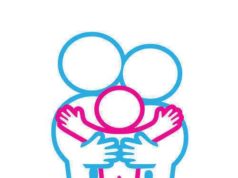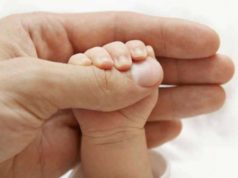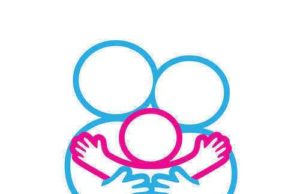
What are Adoption Statistics?
Adoption statistics are resources that provide adoption agencies or coordinating government departments with valuable information concerning the adoption process. Adoption statistics provide all kinds of information regarding the various forms of adoption; adoption statistics will offer state, national, and international information on public foster care, private adoptions, and inter-county adoptions.
Through the evaluation of such adoption statistics, a coordinating adoption agency can better understand their particular procedure’s shortcomings. The delivery of such information will enable all parties involved with adoptions to better analyze their particular situation as to avoid some of the pitfalls associated with adopting a child.
Time is needed to compile, analyze and subsequently publish adoption statistics. As a result, adoption statistics are usually made available to the public after 2 or more years after the tiem numbers were originally analyzed. Adoption statistics can come from a number of sources; government departments aligned with a particular state’s adoption statistics as well as adoption agencies themselves are the primary entities that release such information.
General Adoption Statistics in the United States:
The total number of adoptions in the United States from 1987 to 2001 remained relatively constant; the total number has ranged from a low of 118,138 adopted children in 1990 to 127,630 in 2000.
According to affirmed adoption statistics, over one-third of American have considered adoptin, but no more than 2 percent of American have actually adopted children.
In 1995 there were nearly 10 million ever-married American women ages 18 to 44 who had ever considered adoption, and these adoption statistics amounted to more than one-fourth of all ever-married women.
Nearly 16 percent of those who had considered adoption or 4 percent of the total of ever-married women (roughly 1.6 million women) had actually initiated concrete steps towards adoption; this percentage may represent those seeking to adopt.
That being said, only 31 percent of those who had actually pursued concrete steps towards adoption (1.3 percent of the total of ever-married women) or 487,000 women had ever completed an adoption.
Adoption Statistics for Public Adoptions:
Children in the public child welfare system are placed in permanent homes by public, government-operated agencies, or by private agencies contracted by a public agency to place waiting children. In 1992, 15.5% of adoptions (19,753) were public agency adoptions. (Flango and Flango, 1994)
Between 1951 and 1975 the percentage of adoptive placements by public agencies more than doubled from 18% in 1951 to 38% in 1975 (Maza, 1984), and has since fallen to approximately 15% to 20% of all adoptions. (Flango and Flango, 1994)
Adoption Statistics for Private Adoptions:
In a private agency adoption, children are placed in non-relative homes through the services of a non-profit or for-profit agency which may be licensed by the State in which it operates. In an independent or non-agencyadoption, children are placed in non-relative homes directly by the birthparents or through the services of one of the following: a licensed or unlicensed facilitator, certified medical doctor, member of the clergy, or adoption lawyer. There were 47,627 adoptions (37.5%) of this type in 1992. (Flango and Flango, 1994)
The highest percentage of adoptions completed by private agencies was 45% in 1970. Between 1951 and 1975, the percentage of adoptive placements not made under agency auspices declined substantially from 53% of all adoptions in 1951 to 23% of all adoptions in 1975. The lowest percentage was in 1971 and 1972 when independent adoptions constituted only 21% of all reported adoptions. (Maza, 1984)
Adoption Statistics for International Adoptions:
Children who are citizens of a foreign nation are adopted by U.S. families and brought to the United States. This area of adoption has been practiced since the 1950's, but has shown a dramatic increased in the past decade. In 1992, there were 6,536(5%)international adoptees brought to the United States; in 1997, that number increased to 13,620. (United States Department of State)



























